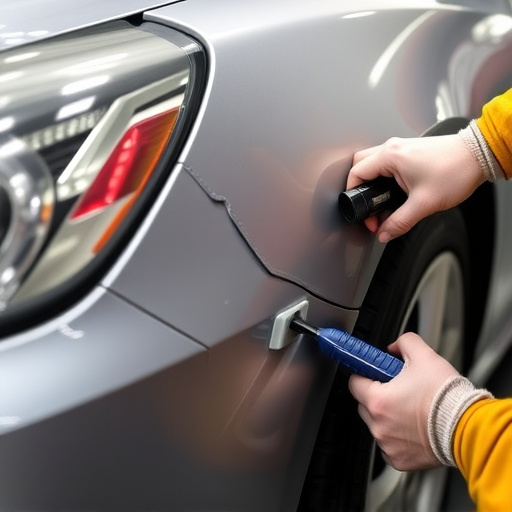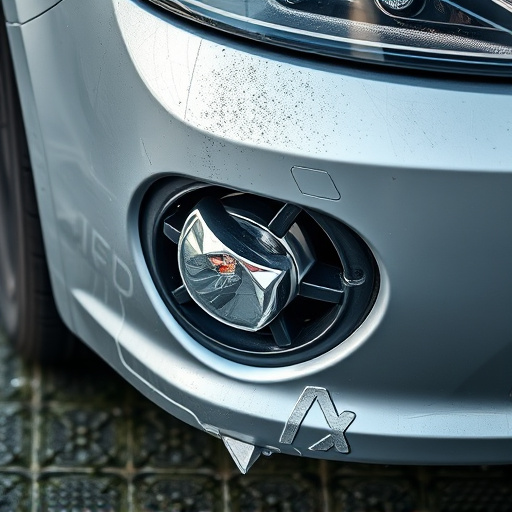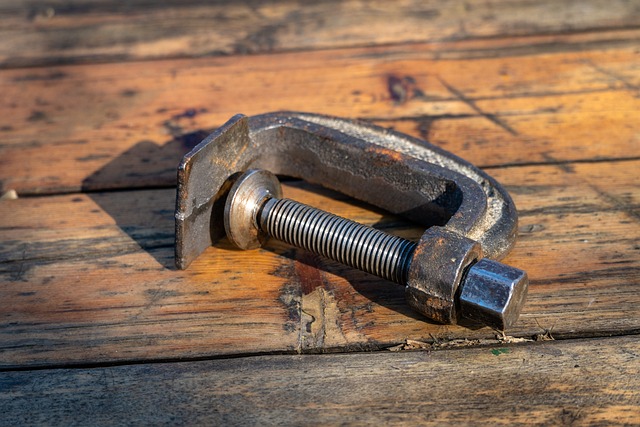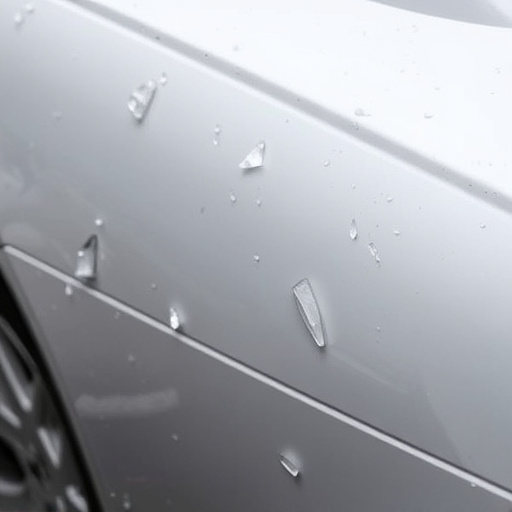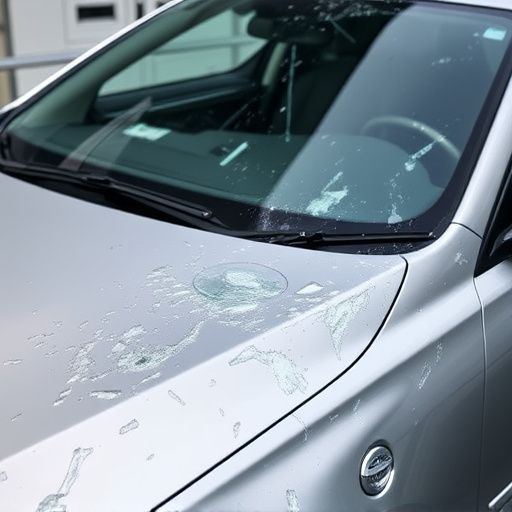Navigating collision insurance claims involves understanding key steps: assess vehicle damage, contact insurers, file necessary paperwork (e.g., police reports), gather repair estimates, and maintain detailed records. Utilize available resources like dedicated customer service teams, collision centers, and auto body specialists to streamline the process, ensuring comprehensive support throughout claim evaluation, communication with insurers, and vehicle repairs.
Navigating collision insurance claims can be complex, but understanding the process is key to a smoother experience. If you’re unsure where to begin or require assistance with paperwork, don’t worry; help is readily available. This article guides you through the initial steps of filing a collision claim and introduces you to valuable resources and professionals who can simplify the process. By following efficient tips, you’ll be well on your way to resolving your claim promptly.
- Understanding Collision Insurance Claims: The First Steps
- Where to Find Assistance: Resources and Professionals
- Tips for Efficiently Handling Your Claim Paperwork
Understanding Collision Insurance Claims: The First Steps

After a collision, navigating the process of filing an insurance claim can be overwhelming. Understanding collision insurance claims is the first step in ensuring a smooth experience. It begins with assessing the damage to your vehicle—this includes examining the car bodywork for any dents, cracks, or structural issues. Documenting these repairs is crucial as it helps in the claim evaluation process.
Next, contact your insurance provider to report the incident and initiate the claim. They will guide you through the necessary steps, which typically involve filing a police report and gathering relevant information like witness statements and repair estimates from reputable auto body services. Being prepared with this documentation expedites the claims process and facilitates faster auto collision repair.
Where to Find Assistance: Resources and Professionals

When dealing with a collision insurance claim, navigating the paperwork can be daunting. Fortunately, there are numerous resources and professionals available to assist you. Many insurance companies offer dedicated customer service teams specialized in handling claims, from initial reports to final settlements. These representatives can guide you through each step, ensuring your paperwork is completed accurately.
For more hands-on help, consider visiting a collision center or engaging the services of a qualified vehicle repair specialist. These professionals not only fix your car but also have expertise in dealing with insurance claims. They can provide valuable insights on estimating repairs, communicating with insurers, and maximizing your compensation for both vehicle damage and any necessary body work, ensuring you receive the right support for your collision insurance claim.
Tips for Efficiently Handling Your Claim Paperwork

Handling your collision insurance claims paperwork can seem overwhelming, but with a systematic approach, you can navigate the process smoothly. First, gather all necessary documents, including police reports, photographs of the damage, and estimates from reputable car body shops. Organize these in a dedicated folder to ensure easy access.
Next, contact your insurance provider promptly to report the incident. They will guide you through the next steps, which may include filing a claim, providing statements, and arranging for automotive repair or car body shop visits. Keep detailed records of all communication and deadlines, as this information is crucial for tracking your claim’s progress.
When navigating the process of a collision insurance claim, understanding the necessary paperwork and having access to the right resources are key. By familiarizing yourself with the initial steps and seeking assistance from professionals or trusted organizations, you can efficiently manage your claim. Remember, timely action and proper documentation are vital to ensuring a smooth and successful resolution to your collision insurance claim.

